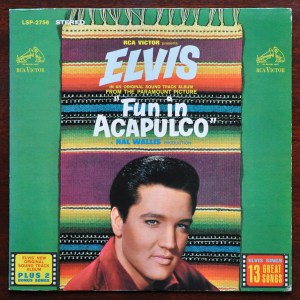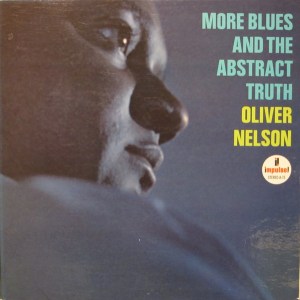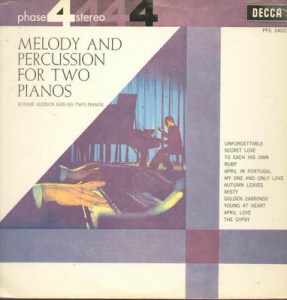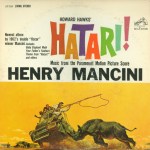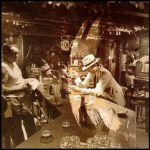
More of the Music of Led Zeppelin
Reviews and Commentaries for the Music of Led Zeppelin
One of our early shootouts taught us a lot about this album.
On a super transparent, super low distortion copy, all the subtleties really come to life.
Too many copies we played were a bit grainy — you could really hear it on the cymbal crashes. This copy is as smooth and sweet as you could ever ask for.
It’s open and spacious, and the vocals are tonally correct. The bottom end has deep, well-defined bass and an exceptionally punchy kick drum sound.
There’s lots of extension up top and a silky quality to the vocals and cymbals.
The presence is staggering — the guitar solo on All My Love positively JUMPS out of the speakers.
Musically this certainly isn’t Zep’s best work, but there is still some really great material.
We found the best sounding tracks to be “Fool In The Rain” on side one and “All My Love” on side two.
“In The Evening” can rock with the best of them, “South Bound Saurez” can be very rich and sweet, and “I’m Gonna Crawl” can sound out of this world.
In fact, after playing two knockout copies we found back to back, I am a bigger fan of this album than I ever was.
Zep II it ain’t, but it’s still Zep, and that oughta tell you plenty.
Turn It Up
In our review for this album we debunked the Classic Records pressing using a very simple test which you may want to try at home.
The test we stumbled upon is actually quite an easy one to use — a copy that makes you want to turn up the volume is likely to be a winner. The Classic does not pass that test.
We threw one on and just couldn’t deal with the edgy vocals and upper-midrange boost. We wanted to turn down the volume as quickly as we could get our hands on the knob. As far as we’re concerned there’s no substitute for The Real Thing. As hard as it is to find great sounding copies of this album, it’s even harder for us to sit through a sub-par version like the Classic.
And boy were our faces red. We used to think the Classic version was pretty decent, but the best originals SLAUGHTER it! We had never done a shootout for this album before 2007. We didn’t feel up to the challenge, because the typical pressing tends to be miserable — gritty, grainy, hard sounding, congested mids, dull, and so on. But once we did, the Classic crashed and burned, along with 90% of the other copies we played.
Try the Turn Up the Volume Test and see if your copy makes the grade or makes you want to turn it right back down. I’m guessing the latter, unless you were lucky enough to get one of our Hot Stampers from the last shootout. There sure weren’t enough to go around.


 This Super Hot Stamper pressing has superb RCA Living Stereo sound, with an exceptionally clear, solid, tonally correct piano.
This Super Hot Stamper pressing has superb RCA Living Stereo sound, with an exceptionally clear, solid, tonally correct piano.